
Backpacking birds prove long-shot theory
www.theglobeandmail.com
Scientists have finally solved the mystery of how a 15-gram bird can fly to South America every fall

Written by John Kennerdell
From Life is Good & Good for You in New York by William Klein, 1955. Klein once described the book, one suspects not without pride, as "a crash course in what was not to be done in photography."
You might have seen him had you been walking the streets of New York City exactly 60 years ago this winter. Although trained as a painter, he was carrying a camera. And while he lived in Paris, he moved through the city of New York and photographed its people with the ease of a native son. His name was William Klein and he was 26 years old.
When Klein tried to find a publisher for his New York photos before returning to Europe the next year, 1955, the reaction could hardly have been less encouraging. He made the city look like a slum. His framing was random and incoherent. Technique? Fugeddaboutit. As Popular Photography described it on first sight of his work, "meaningless blur, grain, muddy exposures, drunken horizons and general sloppiness." Whatever his game might be, mid-century America clearly wasn’t ready.
Chet Baker, from Jazz by Ed van der Elsken. Dutchman van der Elsken's career ran in parallel to Klein's but increasingly fell under its influence, as seen in this superb 1959 photobook.
Back in France, Klein managed to put out a small volume of 120 of the photos, titled, with Beat irony, Life is Good & Good for You in New York. "I wanted to do [it] as a tabloid gone berserk," he later said, "gross, grainy, over-inked, with a brutal layout, bullhorn headlines." While the European establishment didn’t quite know what to make of it, young, avant-garde photographers loved its raw, anything-goes energy. It was largely through those young photographers, whose names included Ed van der Elsken and Mario Carrieri, that the style if not necessarily the substance of Klein's photography began to ripple out to the world at large.
Nowhere did this new sense of photographic freedom find richer ground than in Japan, a nation still grappling with the ravages of war and the search for a new identity. Restless young Japanese photographers immediately saw in Klein a visual language that they could apply to their own ends. Collectively, five of them became known as the Provoke group, after a short-lived magazine of the time, and described their aesthetic as "Are, bure, bokeh" ("Rough, blurred, and out of focus"). But individually they very much went their own ways. Shomei Tomatsu, the photojournalist of the group, took what he called a "subjective documentary" approach to social and cultural issues. By contrast, Takuma Nakahira's dark urban abstractions felt like equal parts sumi-e and radioactive nightmare. And then, somewhere between those two, Daido Moriyama, the most directly influenced by Klein and soon to become the best known of the group in the West. To this day he roams the back alleys of Shinjuku with a little digicam and wide-angle lens, a street photographer to the last.
From Chewing Gum and Chocolate by Shomei Tomatsu, 1959. The postwar Japan photographer par excellence, Tomatsu admitted to being "obsessed" with the U.S. Occupation and the cultural impact of the West on Japan.
And Klein? He still lives in Paris and seems to savor the role of eternal rebel. Fully 40 years passed before his Life is Good photos were put out in book form in the U.S. The expanded collection, titled William Klein, New York, 1954–1955, more powerfully than ever shows us a young man working at white-hot intensity, following his instincts as an artist rather than a trained photographer. Had his original book been published in the U.S. rather than Europe it's hard to imagine it would have had any less impact than Robert Frank's The Americans, which appeared two years later.
But in the end the point is moot, so ubiquitous has Klein's influence become. Whether in fashion, advertising, or documentary photography—never mind motion pictures—nothing has ever been quite the same since William Klein and that winter on the streets of New York six decades ago.
John
John Kennerdell writes two articles a year for TOP.
Original contents copyright 2015 by John Kennerdell. All Rights Reserved. Links in this post may be to our affiliates; sales through affiliate links may benefit this site.
(To see all the comments, click on the "Comments" link below.)
Featured Comments from:
Chris Y.: "John Kennerdell should write a lot more for TOP. This was gold as far as I'm concerned. Thank you."
Mike replies: Yeah, but I don't look a gift horse. If ya follow.
Julian Love: "Tate Modern held a large Klein/Moriyama retrospective a couple of years ago. While the photographs themselves were wonderful to look at, full of visual interest, it was the large collection of first edition books that really stood out (most of them loaned by Martin Parr, who seems to own several copies of each). The dramatic layouts combined grainy full-bleed images covered in bold text and graphic shapes. The results were both chaotic and mesmerising."


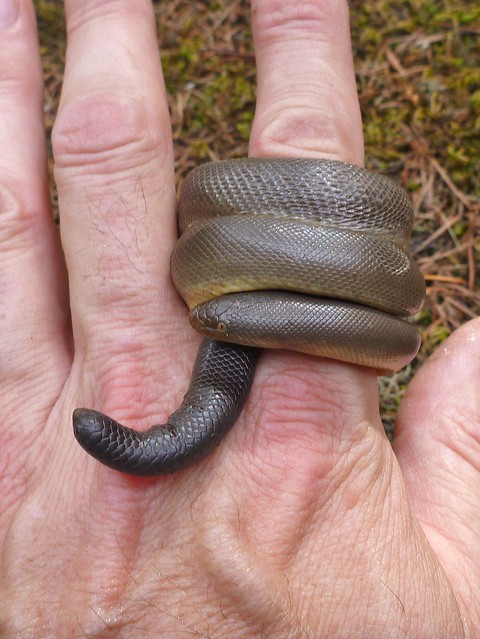
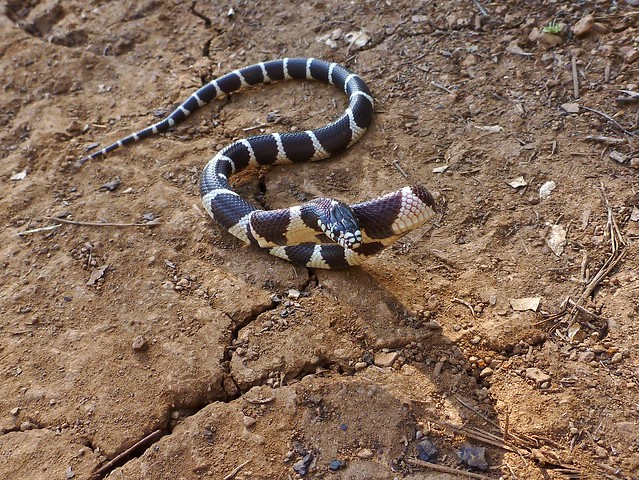


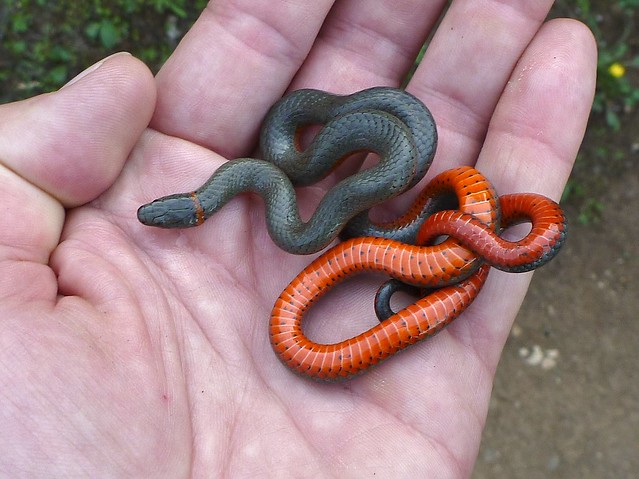
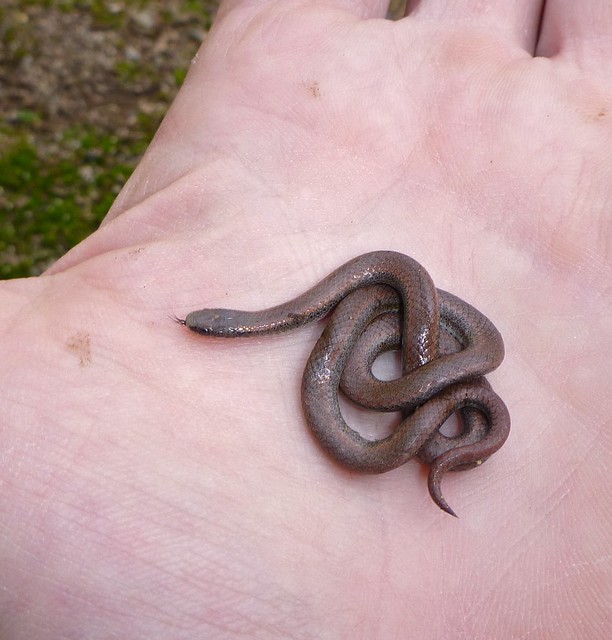
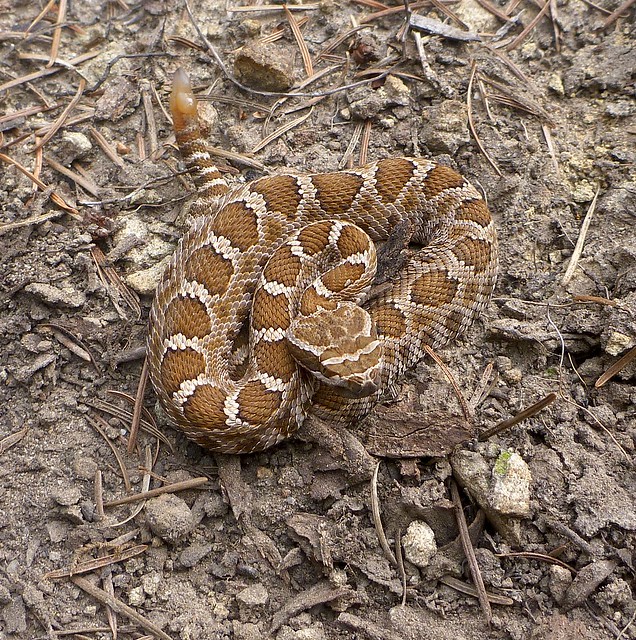
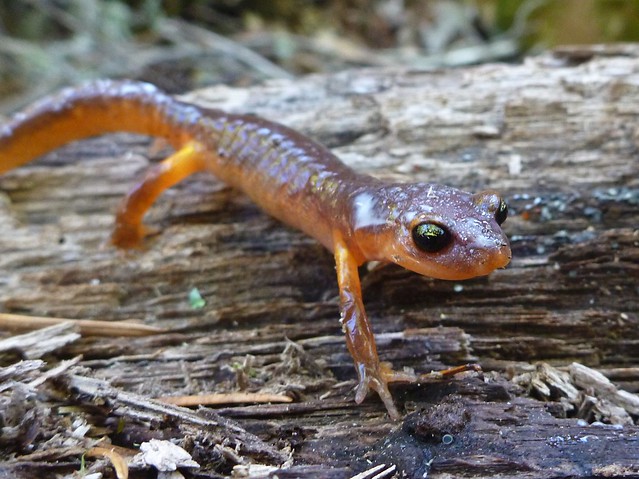
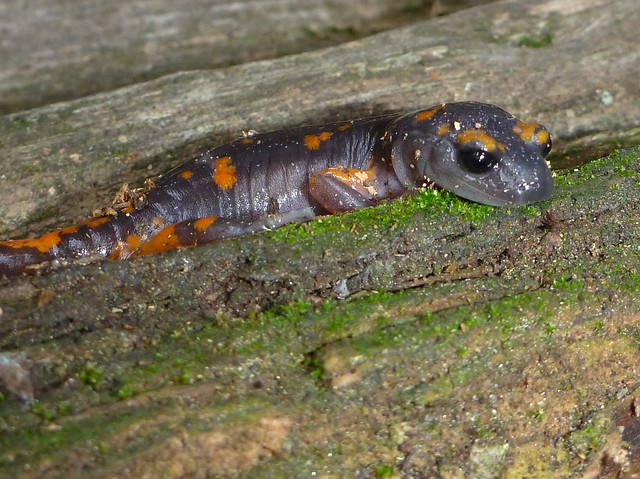
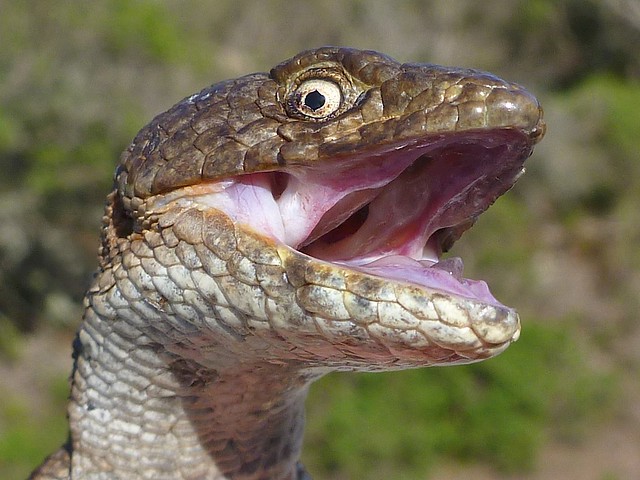

These videos by Adam Magyar are one of those things that are difficult to explain verbally, but as soon as you see it, you realize how completely amazing it is. Filmed in Tokyo, New York and Berlin, Magyar positioned himself on trains as they pulled into subway stops, filming the waiting crowds at 50 frames per second using a high speed camera. The resulting footage creates an uncanny feeling as the train is clearly moving quickly through the station, but the people seem to remain motionless. Any of these scenes wouldn’t seem out of place in a Ron Fricke film. To learn more about how Magyar filmed them, head on over to PetaPixel. (via The Fox is Black)
Update: There’s another great piece about Magyar’s work over on Medium.

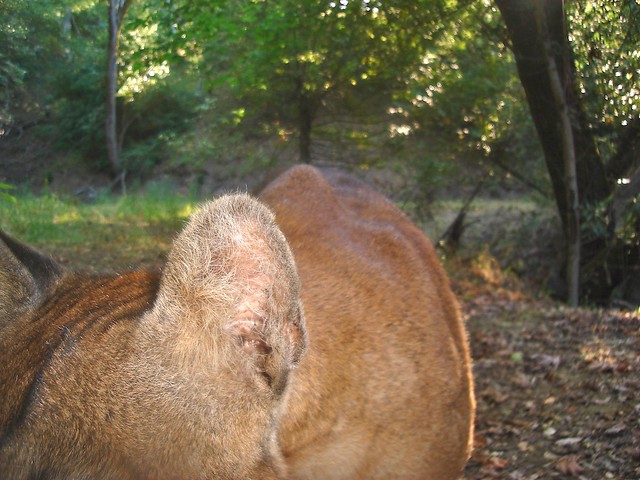
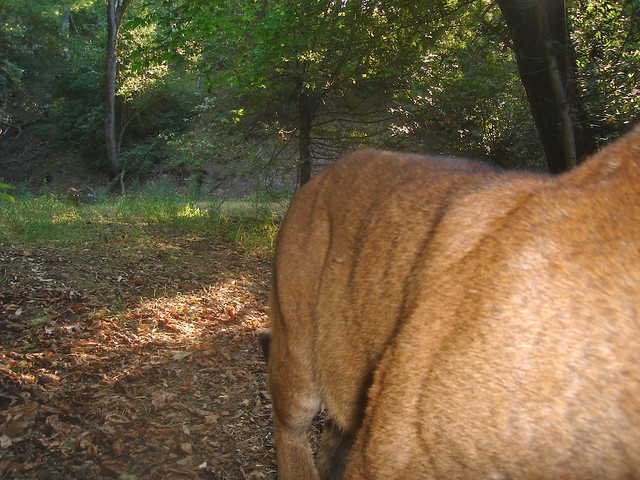
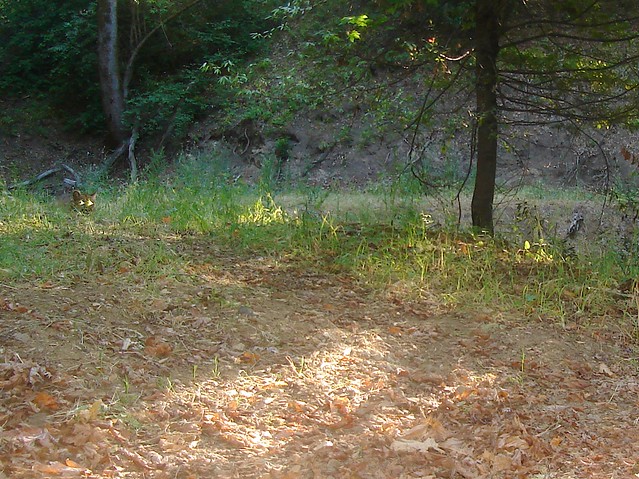
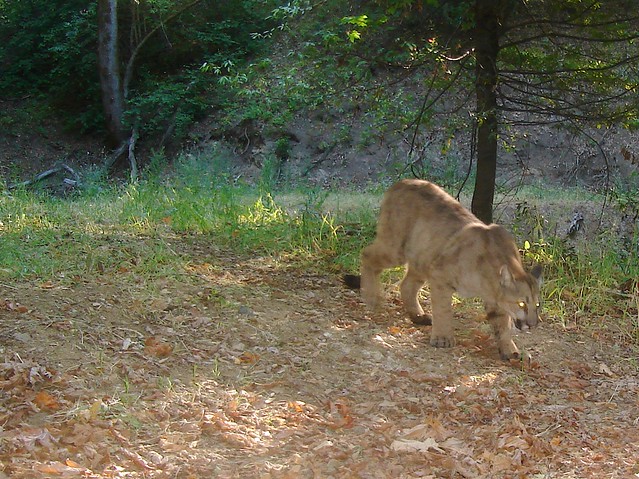
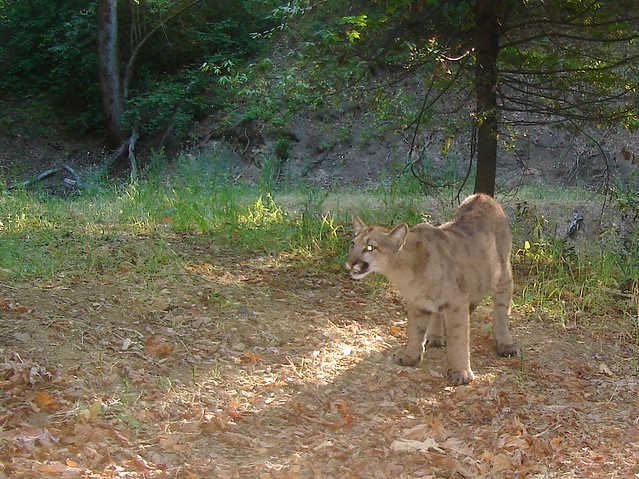
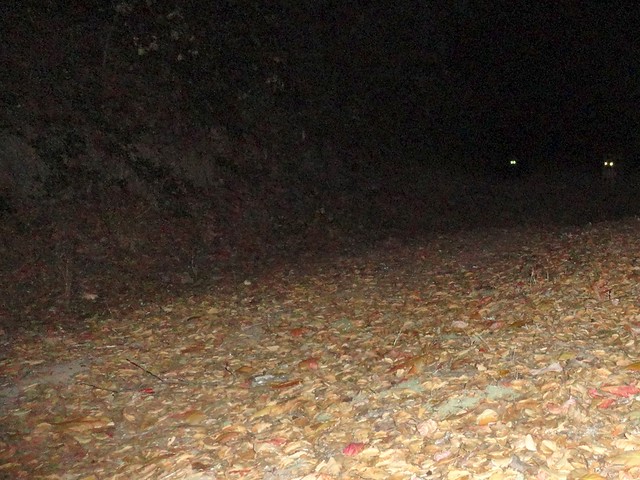
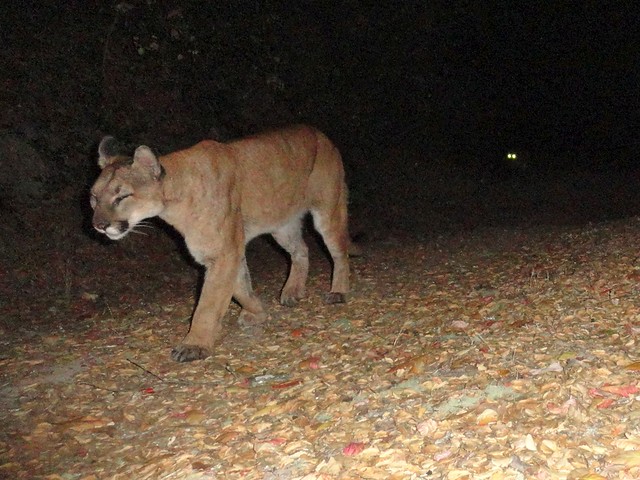
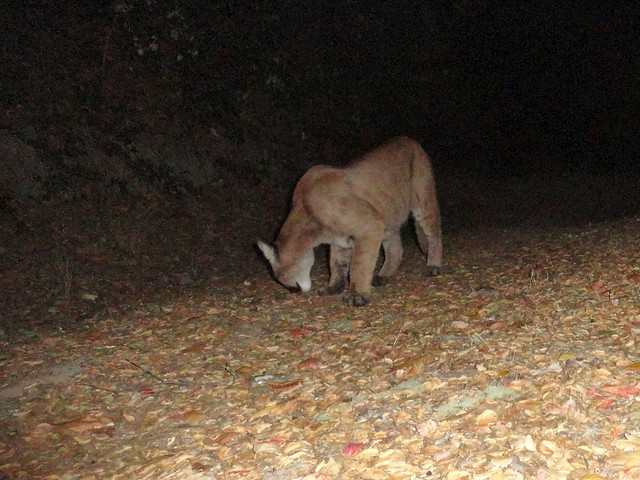
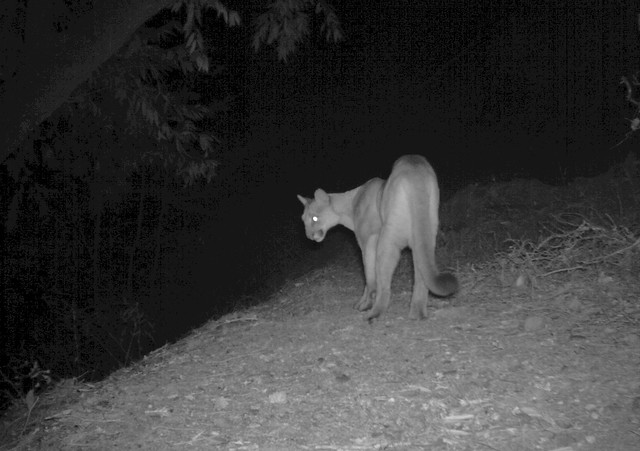
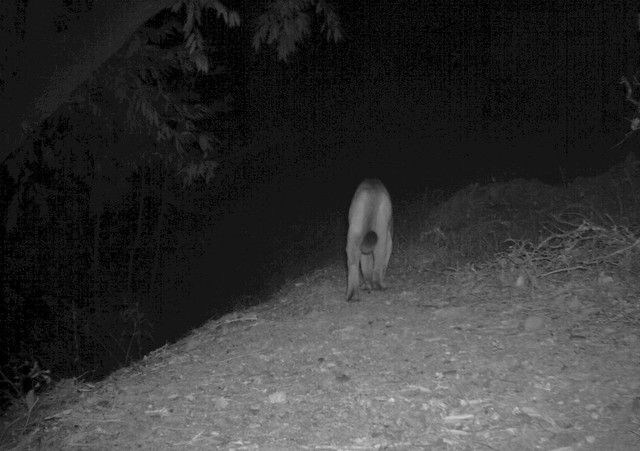
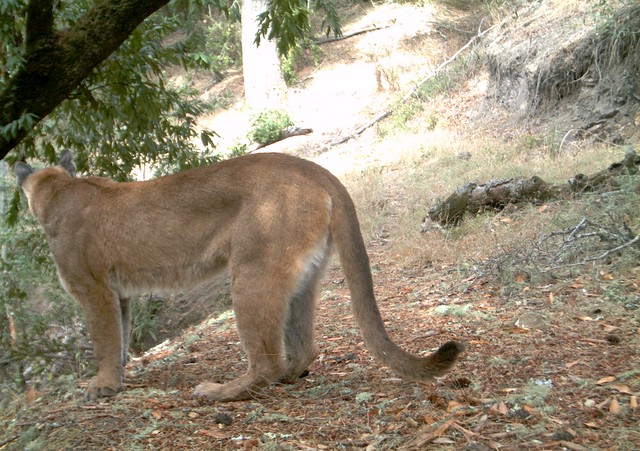
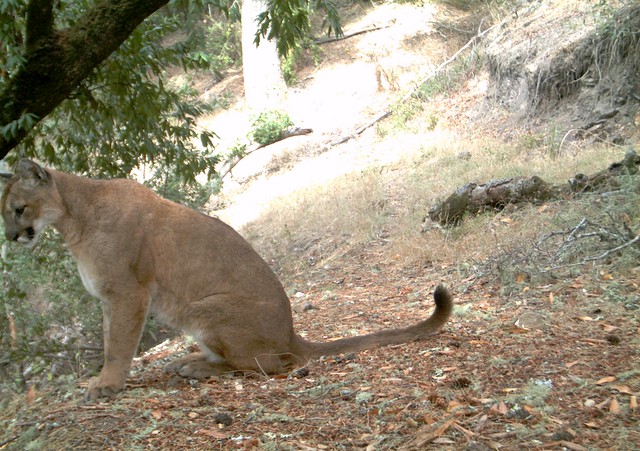
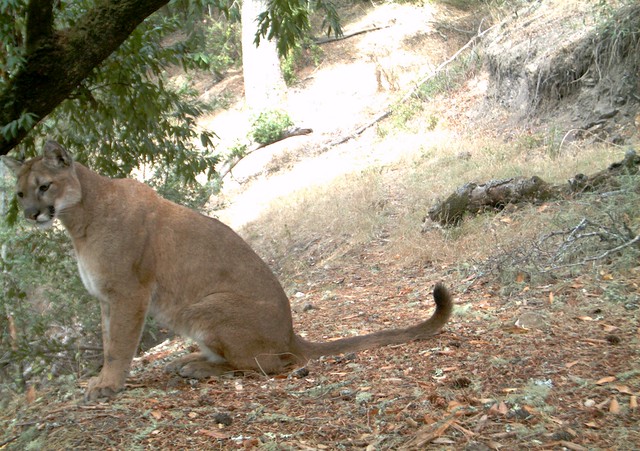
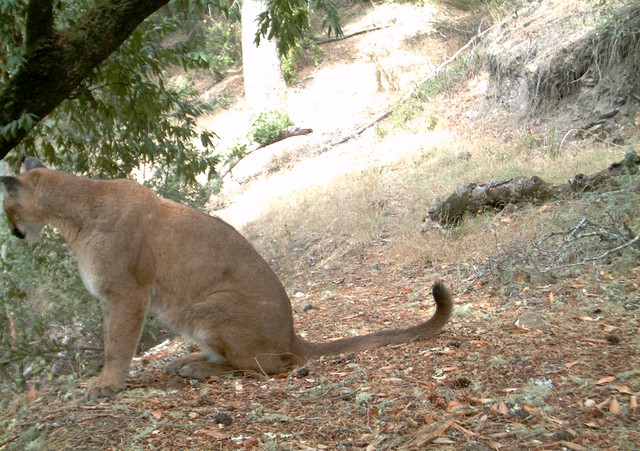
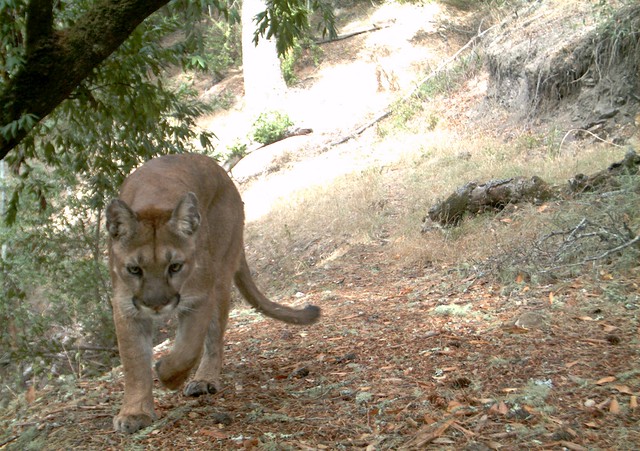
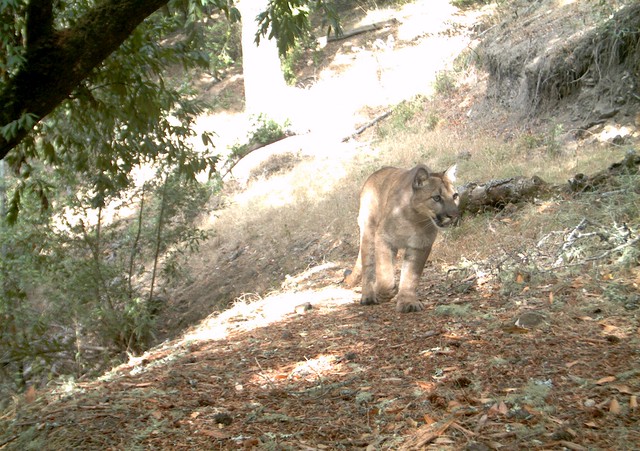
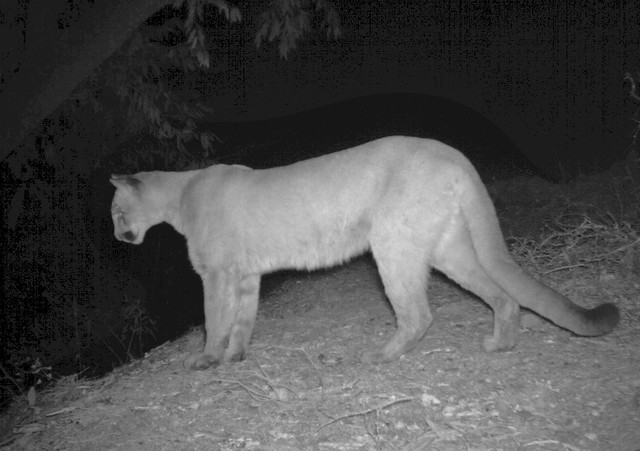
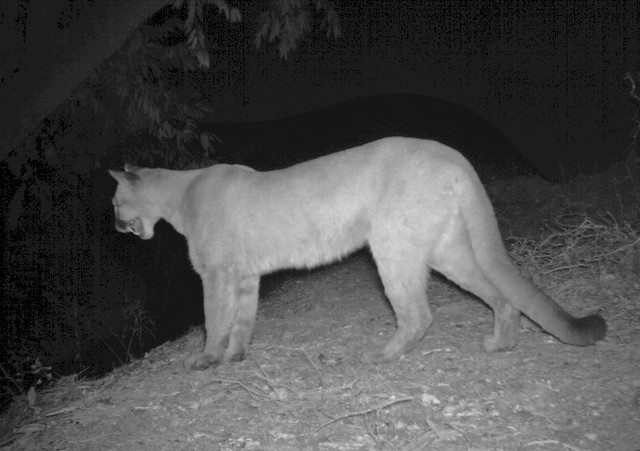
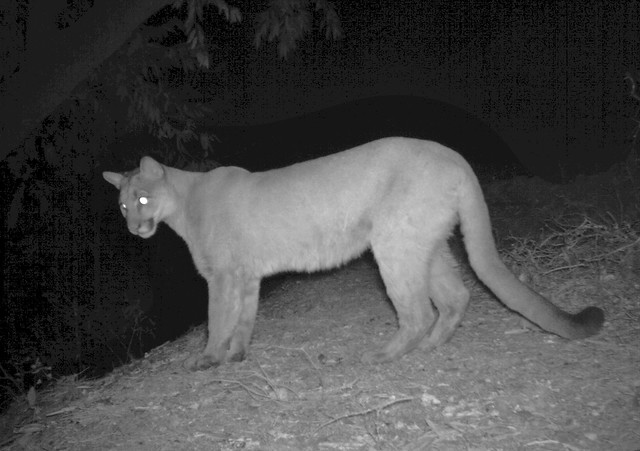
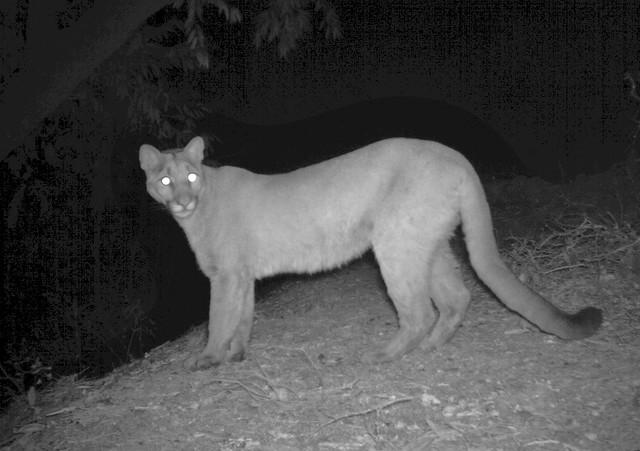
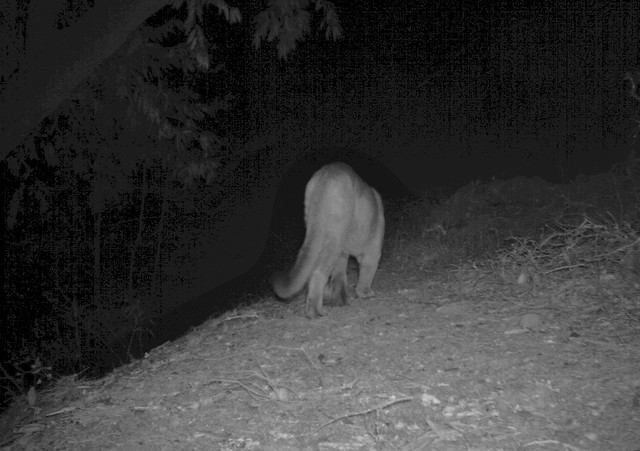
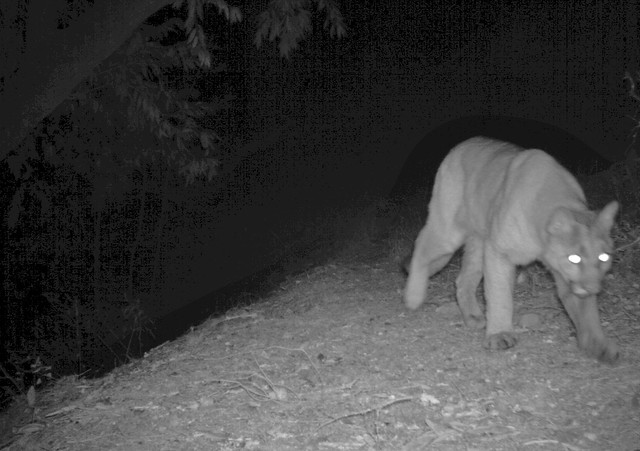
Parasitism is a form of symbiosis where the parasite benefits at the expense of the host organism. Most organisms have some kind of parasite associated with them, and reef animals are no different. When we have a problem, we go to the dentist or medical doctor (or some people prefer non-traditional healers), but what do reef animals do? For most of them, there is no real solution, but for fish there is. There is a group of organisms that have become specialized on cleaning parasites off fish, and this blog will introduce you to those present in the UNBC Reef Tank.

Cleaner shrimp showing prominent, contrasting colours and long white antennae used to advertise cleaning services.
There are two cleaner organisms in the UNBC Reef Tank, a cleaner shrimp, Lysmata amboinensis (De Man) (Decapoda: Hippolytidae), which has a number of common names (northern cleaner shrimp, scarlet cleaner shrimp, skunk cleaner shrimp, Pacific cleaner shrimp), but is usually simply referred to as cleaner shrimp in the reef tank trade. There are two specimens in the tank, and this is the result of an apparently hard-wired tendency that leads to only a monogamous pair of shrimp remaining at any one cleaning station (Wong and Michiels 2011). I purchased three, but the third shrimp vanished in short order after introduction. You can find them behind the anemones at the right hand side of the tank. Incidentally, this seems to be a dangerous place as the shrimp are not immune to the sting of the anemone. If their antennae touch an anemone tentacles, they have to pull to free it – watch if one comes out and you may be able to see this. At feeding time, they will venture out from behind the anemone rocks to catch whatever morsels they can find, because they are really scavengers, i.e., their cleaning habit is facultative. If you look carefully, you may see that each individual frequently carries 20 or so large, greenish eggs under her abdomen, so they must be females. Yes, but both of them are also male, because they are protandrous simultaneous hermaphrodites (Bauer 2000). This means that all are born male, but develop female reproductive organs as they mature, although some specimens apparently remain male only (Lin and Zhang 2001). To make matters even more complicated, they can serve as males at any time, even when brooding eggs, but can only serve as females shortly after a molt!
In nature, or in the presence of larger fish, they normally position themselves in a cave or under an overhang. They have bright, contrasting white and red colours, and long white antennae, which advertises their presence to passing fish. Fish will come in to these stations to get cleaned, i.e., parasites and food remnants removed from their mouth, and this is where it gets interesting. Even fish that eat other types of shrimp, will not eat the cleaner shrimp. Instead they will keep their mouth open, and the shrimp will enter and pick off the offending items. They will also pick items off the skin of the fish, gaining food whereas the fish will get rid of parasites or food remnants.
There are a number of species of so-called cleaner shrimps in several families. A previous occupant of the UNBC Reef Tank was the banded coral shrimp, Stenopus hispidus , (Decapoda: Stenopodidae), which is really a small lobster rather than a shrimp, and consequently armed with some fairly impressive pincers.
The second member of the cleaning crew in the UNBC Reef Tank is the sharknose cleaner goby, Elacatinus evelynae (Böhlke & Robins) (Family Gobiidae), also represented by two specimens. These small fish are from the Caribbean, where they live in pairs at cleaning stations. The relationship with their host fish appears to depend on the parasite load in the area, so that when load is low, the gobies cheat by feeding on host fish tissue (Cheney and Côté 2005). In the UNBC Reef Tank, the gobies take food when other fish are being fed, but they also appear to take advantage of the mayhem to clean the other fish at that point. Generally they seem to approach other fish from the side – I have never seen them at the business end( the mouth) of another fish. Their pectoral fins are modified so they function like suction cups, allowing these fish to hang upside down under a coral or on the glass of the aquarium.
There are a number of other species of cleaner gobies, and many are available in the reef aquarium trade. More familiar to the general public is the bluestreak cleaner wrasse, Labroides dimidiatus (Valenciennes) (Labridae), which also is available in the trade from time to time. This species has a reputation as being difficult to keep alive, however, but like the cleaner goby, it is a facultative cleaner that also cheats by feeding on host tissues, as well as taking other food items (Grutter 1997). Unlike the gobies, cleaner wrasses perform an elaborate dance in front of hosts, which then will remain still with their mouth and gill covers wide open if they accept the cleaner.
Cleaner stations are often occupied by several species of cleaners, working together on hosts arriving for service. But why are the diminutive cleaners not eaten by their often predatory guests? It appears that certain colour patterns and size signal to potential customers what is a cleaner and what isn’t (Stummer et al. 2004). There are several models, but certain stripes and colours appear to be convergent factors.
References
Bauer, RT. 2000. Simultaneous hermaphroditism in caridean shrimps: a unique and puzzling sexual system in the Decapoda. Journal of Crustacean Biology, 20(Special Number 2): 110-128
Cheney, KL, and IM Côté. 2005. Mutualism or parasitism? The variable outcome of cleaning symbioses. Biology Letters, 1: 162-165
Grutter, AS. 1997. Size-selective predation by the cleaner fish Labroides dimidiatus. Journal of Fish Biology 50: 1303–1308
Lin, J, and D Zhang. 2001. Reproduction in a simultaneous hermaphroditic shrimp, Lysmata wurdemanni: any two will do? Marine Biology, 139: 1155-1158
Stummer, LE, JA Weller, ML Johnson, and IM Côté. 2004. Size and stripes: how fish clients recognize cleaners. Animal Behaviour, 68: 145–150
Wong, JWY, and NK Michiels. 2011. Control of social monogamy through aggression in a hermaphroditic shrimp. Frontiers in Zoology, 8:30.

St. Albertus

St. Valerius in Weyarn

Hand of St. Valentin

St. Benedictus

Skull of St. Getreu in Ursberg

St. Friedrich at the Benedictine abbey in Melk

St. Valentinus in Waldsassen

Relic of St. Deodatus in Rheinau

In 1578 word spread of the discovery in Rome of a network of underground tombs containing the remains of thousands of early Christian martyrs. Many skeletons of these supposed saints were soon removed from their resting place and sent to Catholic churches in Europe to replace holy relics that were destroyed during the Protestant Reformation. Once in place the skeletons were then carefully reassembled and enshrined in costumes, wigs, jewels, crowns, gold lace, and armor as a physical reminder of the heavenly treasures that awaited in the afterlife.
Over the past few years photographer Paul Koudounaris who specializes in the photography of skeletal reliquaries, mummies and other aspects of death, managed to gain unprecendented access to various religious institutions to photograph many of these beautifully macabre shrines for the first time in history. The photos have been collected into a book titled Heavenly Bodies released by Thames & Hudson early next month. (via Hyperallergic)
I am continually impressed with the information gathered from tracking devices on birds- remember the study that documented GPS-equipped Bar-tailed Godwits flying nonstop from Alaska to New Zealand? Or how about the more recent discovery of Black Swift wintering territory in NW Brazil using light-level geolocators?
Currently, Rocky Mountain Bird Observatory is tracking two Osprey on their travels from the mountains of Colorado to warmer climes this fall. From Jason Beason, RMBO’s Special Monitoring Projects Coordinator:
Greetings,
On June 19th, 2013 biologists from the National Park Service and Rocky Mountain Bird Observatory placed satellite transmitters on two female Osprey near Grand Lake, Colorado. We have been receiving data ever since from Argos (the company that owns the satellites) showing their locations. We named the Osprey “Rainbow” and “Shadow” because they nested at Rainbow Bay on Lake Granby and at Shadow Mountain Reservoir. Shadow began to migrate on September 15th and Rainbow on September 21st. If you are interested in seeing the migration of these two Colorado Osprey please click on the links below:
Click link to view Rainbow’s map:
Click link to view Shadow’s map:
Jason Beason
Special Monitoring Projects Coordinator
Rocky Mountain Bird Observatory
Check it out if you want to do a little armchair migration monitoring. And if you have a link to another cool migration tracking site leave it in the comments!
I was originally going to call this post We Are the Champignons, but discovered that champignon isn't simply French for mushroom but more specifically refers to Agaricus campestris, an edible type of mushroom. None of the mushrooms pictured in this post are edible to my knowledge so don't chow on these (in fact I handled them with gloves in case they were poisonous). The last post celebrated the amazing monster 'shrooms we got with the huge 2013 monsoon season in Flagstaff. This post shows off fancy fungus found on the North Rim of the Grand Canyon in September 2013. Without further ado:


and for those who prefer their fungus in color...




(addendum 10/14/2013 - The little red 'shroom is likely the toxic Witch's Hat.)
Cheers,
Verm
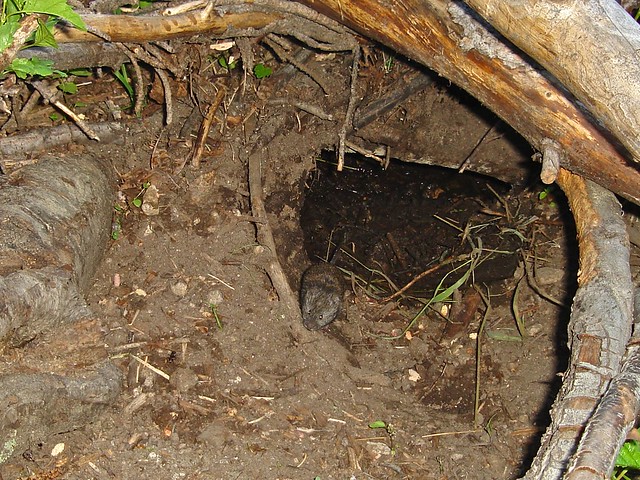

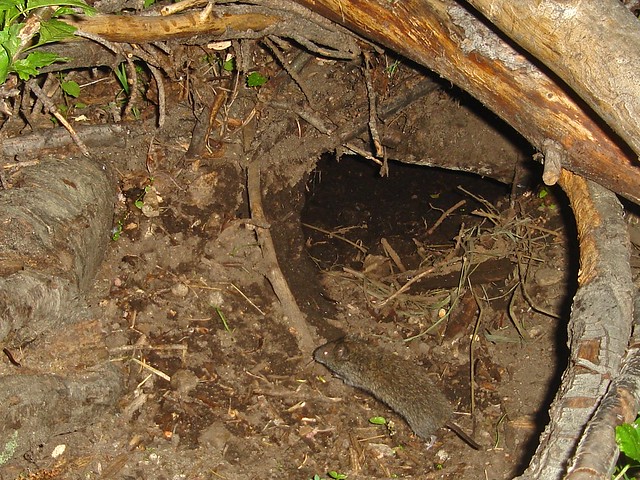
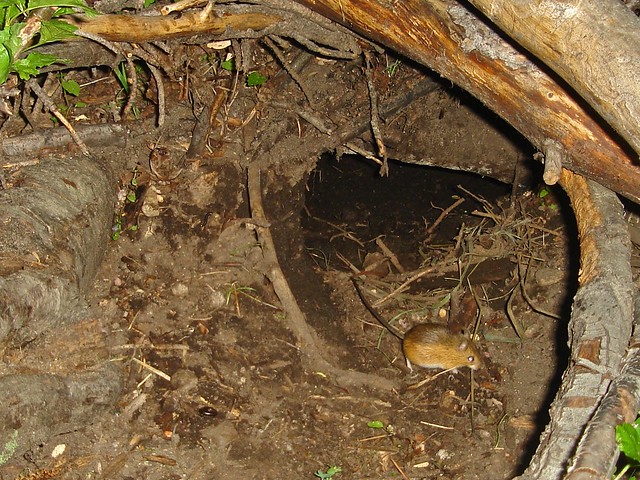
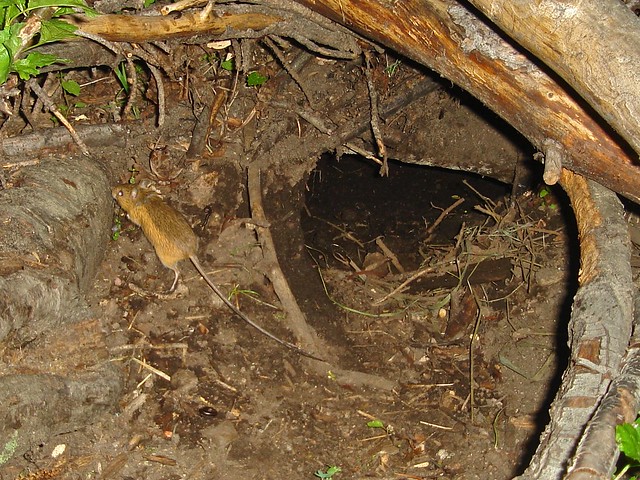
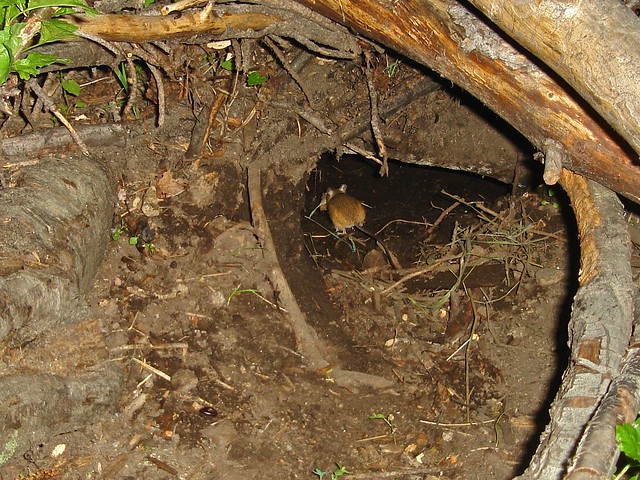

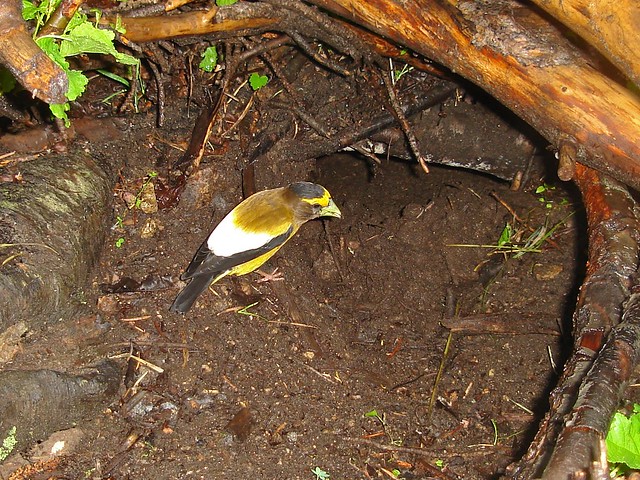
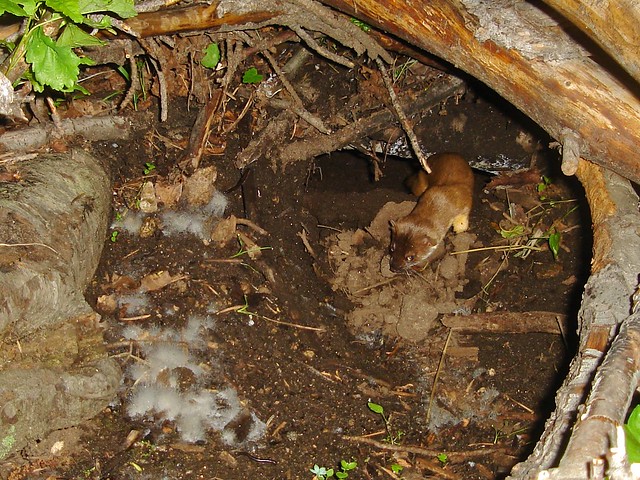
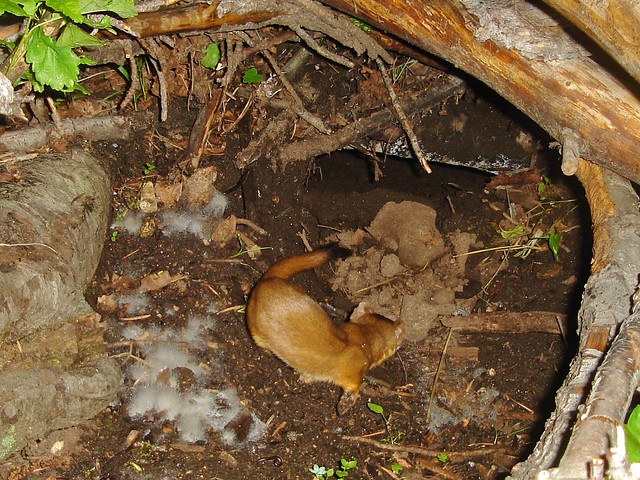

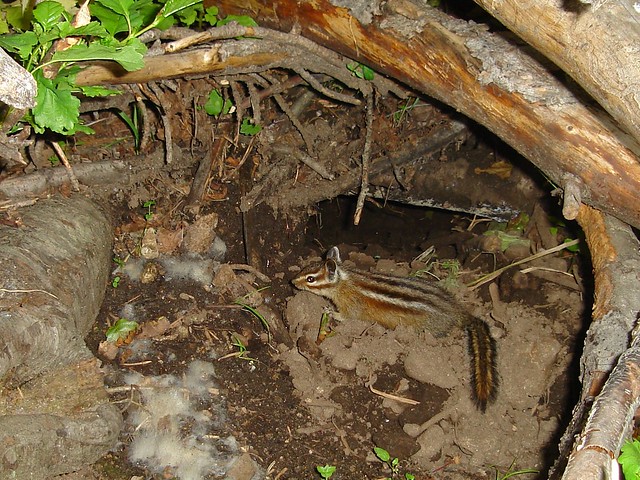
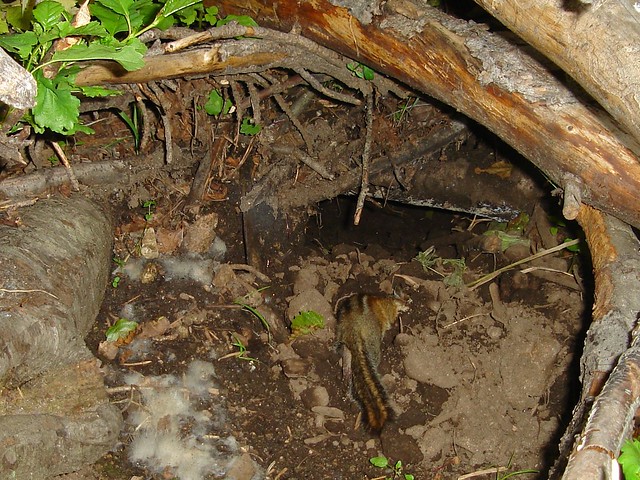
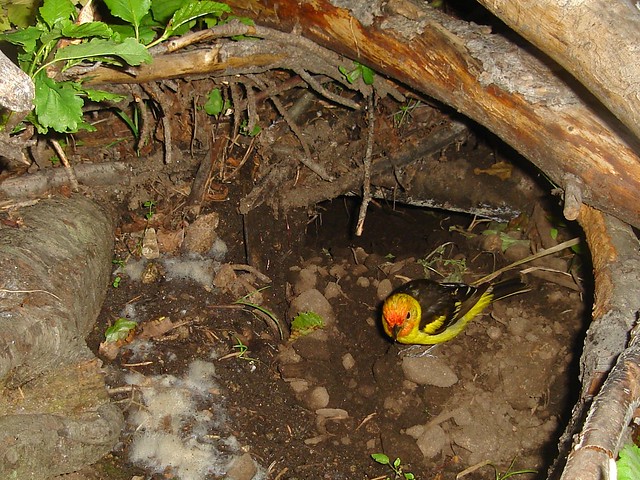
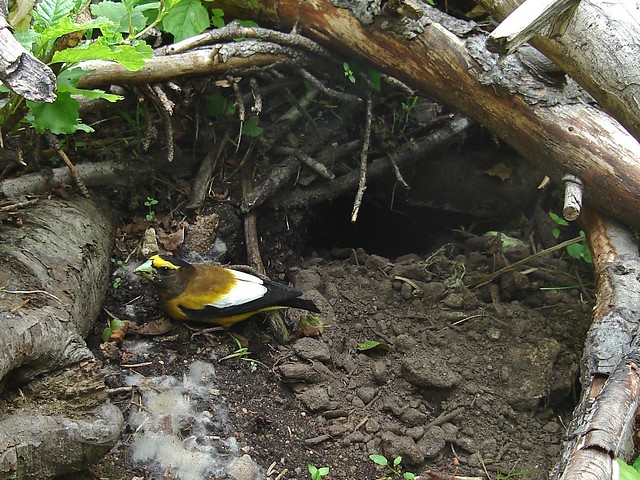
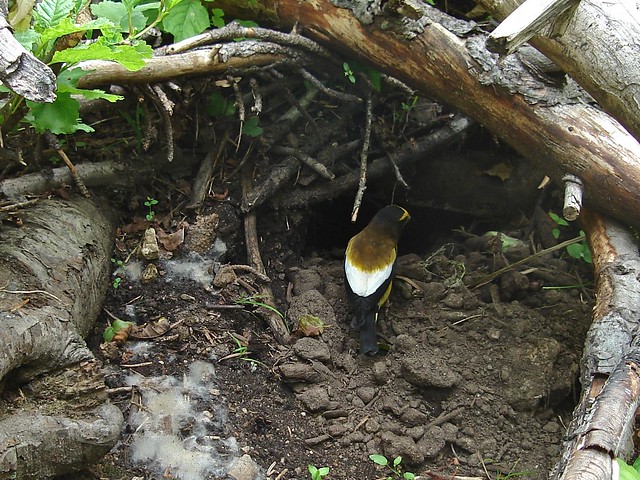
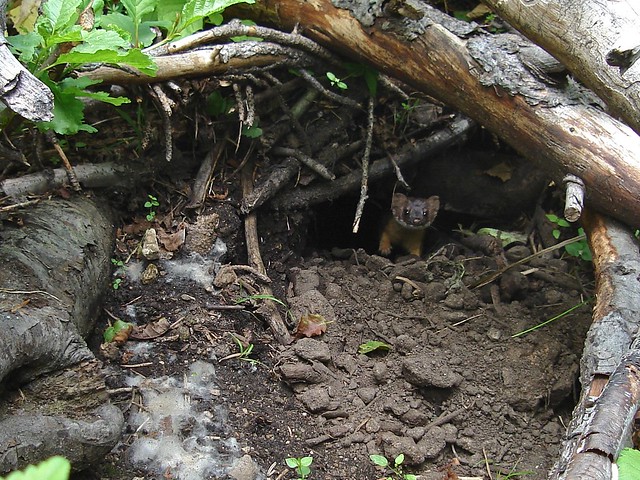
...Is today, H.C.-B.'s birthday.
The Loading, Main Market, Old Quarter, Hanoi, Viet Nam.
Photo by Francis Harrison.
Quote o' the Day:
Without [photographers], our society doesn't have a face. Because of this law, we run the risk of losing our memory. [...] Just to think that Cartier-Bresson or Josef Koudelka would have been prevented from doing their work is unbearable.
—Aurélie Filippetti, France’s new minister of culture, promising she would look into revoking France's notorious Article 9, which severely limits photographing individuals in public.
Quoted in Polka magazine (the word apparently means "hammer" in French), and repeated on the New York Times Lens Blog, where I found it thanks to reader "cb."
Mike
(Thanks to Francis and cb)
Original contents copyright 2013 by Michael C. Johnston and/or the bylined author. All Rights Reserved. Links in this post may be to our affiliates; sales through affiliate links may benefit this site.
(To see all the comments, click on the "Comments" link below.)
Featured Comments from:
Rob Smith: "Literally just picked up a Bessa R2, a Zeiss 35mm ƒ/2 lens, and some B&W film. Today is my first day of shooting film properly, can't wait to get developing and printing too. Bye bye digital, for at least a year. And thanks for the inspiration Mike, it's not a Leica but I'm still going to learn so much."
Whether you’re one of those people who gets eaten alive by mosquitoes depends on some pretty tangible factors, and Smithsonian Magazine runs down the reasons that make an estimated 20% of us especially delectable to those buzzing little bloodsuckers.
So without ado…
How much booze you drink: Turns out beer goggles aren’t just for humans. According to one study, just one bottle of beer can increase your appeal in the insect world. The scientific reasons aren’t exactly clear, so we’re sticking with beer goggles.
How pregnant you are: It’s just one more discomfort for moms-to-be, but pregnant women get about twice as many bites as other people. That’s probably because they’re about a degree warmer, and exhale 21% more carbon dioxide.
What blood type you are: Type O? You get bitten about twice as much as Type A, and Type B is somewhere in the middleground.
How much you exercise: Working out builds up lactic acid in your sweat and body heat, making you all the more tasty.
What you’re wearing: Skeeters are also looking for you, so wearing eye-catching colors such as black, navy, or red make you stand out, according to one entomologist.
In Virginia the most common tick bite comes from the Lone Star tick. “You’ll pick up 50 to 100 Lone Stars for every one black-legged tick,” said David Gaines, state entomologist. Yet Lyme Disease, carried exclusively by the immature black-legged, or deer tick, is the most common tick-borne disease in the state, with more than 1,100 cases last year, according to Health Department statistics. Of those, the local region recorded only about two dozen.
Almost unknown in Virginia 10 years ago, Lyme Disease has spread steadily southward to include all of Virginia. “It’s here and it’s in any location,” affirmed Gaines. “It’s a troublesome disease. There’s a lot of politics, anger and frustration around it — some of it justified. If you don’t treat it in the early stages, then symptoms can last for years.”
That’s where the problem lies. By the time a blood test can verify Lyme Disease, then the symptoms shared by all tick-borne diseases in the early stages — fever, chills, muscle pain, headache, fatigue and possibly confusion, nausea and vomiting — have advanced to become difficult to treat. There’s also the Southern Tick-Associated Rash Illness, STARI, caused by the bite of a Lone Star tick, which has a rash that mimics Lyme’s.
Unlike other tick-borne diseases, such as Anaplasma, Ehrlichiosis and Babesiosis, untreated Lyme Disease can take hold and cause serious, years-long complications including neurological deficits and severe arthritis. Twenty years ago, Gloucester resident Trish Gurley, now 75, was misdiagnosed for several years and suffered joint swelling, short-term memory loss, hearing loss and intense pain, before she received intense antibiotic treatment that eased her symptoms, but left lasting deficits.
With the uncertainty surrounding its diagnosis, the Virginia General Assembly passed legislation this year requiring doctors to give literature to patients tested for Lyme Disease advising them about testing, notifying them that a negative test is not conclusive, and advising them to contact their physician with any questions about the disease. It is the only disease screening that carries this mandate in Virginia; it takes effect July 1.
Confusion is not confined to Lyme Disease. Rocky Mountain Spotted Fever, carried by infected American Dog ticks, routinely shows up as the second most common tick-borne disease in the state, according to Gaines. He believes it’s a misrepresentation, citing 460 cases of Spotted Fever Rickettsiosis in the state last year, of which only one was identified as Rocky Mountain. (Tidewater Spotted Fever, discovered in Hampton Roads a decade ago, falls into the same rickettsiosis class.) If Rocky Mountain were really a big issue, there would be a lot of fatalities, he said, describing it as “a horrendous disease.”
The immune response cannot be distinguished by a blood test, Gaines explained, and because of extensive exposure to the ubiquitous Lone Star tick, up to 20 percent of the healthy population test positive for the rickettsial organism, including himself. “I suspect that many had Ehrlichiosis, which only started being identified in the literature in the late 1990s, and doctors don’t know about it,” he said.
Beyond the difficulty in making a definitive diagnosis, the treatment is the same for all tick-borne diseases, with early intervention with antibiotics being the recommended course. “Anyone who’s had a tick bite longer than 24 hours we treat with antibiotics. It’s worth it,” said Mark Hippenstiel, a family doctor with Patient First in Chesapeake, who saw a dozen confirmed cases last summer.
Avid outdoorswoman Mary Hyde Berg, a 74-year-old Gloucester resident, who owns a nature preserve, has been treated for Lyme Disease twice this year and five times since about 1990. “They’re like little pieces of pepper, from fine-ground to coarse,” she said, describing the deer tick. “They’re not like the ticks we’ve always had here.” The first time she observed the rash on her foot, she went to the dermatologist. Now she knows what to look for and to seek treatment quickly. “The antibiotics are very effective if taken properly,” she said. “Not all deer ticks carry the bacteria. If you get them out within 24 hours there’s supposedly no danger.” She rejects the blood test as being inconclusive, so no longer bothers with it.
After a camping trip in the Blue Ridge Mountains last month, Smithfield resident Diana McFarland, 52, took herself to a doctor immediately. “I had at least six tick bites,” she said, identifying them as Lone Star, “the large ones.” She had no rash, but she threw up and felt as if she had the flu really badly. Blood tests came back negative for Lyme’s, but her doctor prescribed antibiotics for 10 days and advised her to return for retesting later.
“I don’t want to get sick again,” McFarland said. “It was way worse than I’d ever had them. If you get off the beaten path, they latch on immediately wherever they can.”
Ticks flourish in shady, wooded areas, leaf litter, walls and long grass and not in open fields, contrary to popular myth, said Gaines. “They’re forest dwellers,” he said. The Department of Health advises wearing long, light-colored (so you can see the ticks) clothing, tucked in, and spraying clothes with Permethrin to deter them. Exposed parts of the body can be sprayed with repellent containing DEET, but it should be used sparingly, particularly with children, and never applied under clothing.
If a tick attaches to your skin, the recommended method of removal is to grasp the tick’s head — not body — with pointed tweezers held as close as possible to the skin and pulled straight out. A tick has to be attached for several hours before it can transmit infection. To ensure that ticks attached to clothing are killed, launder in hot water and dry on high heat, recommends the American Lyme Disease Foundation.
Learn more at www.wildsafe.org/ticks.
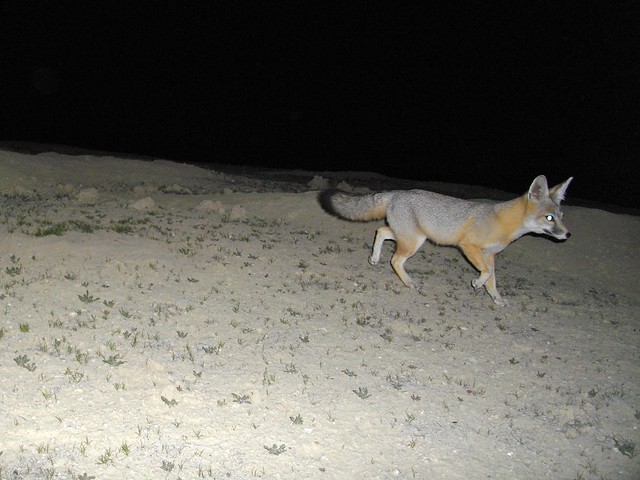
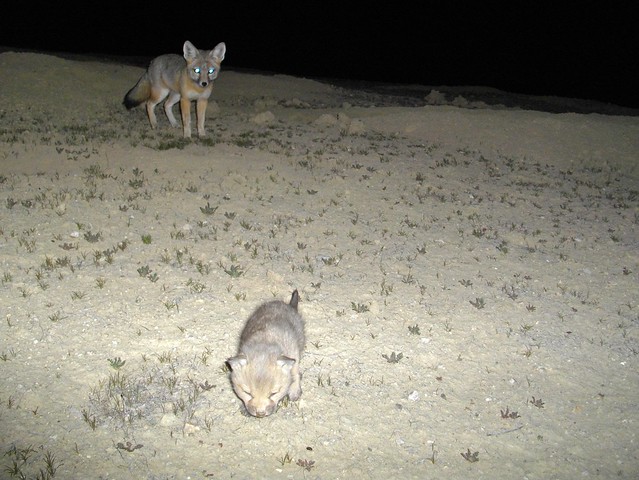


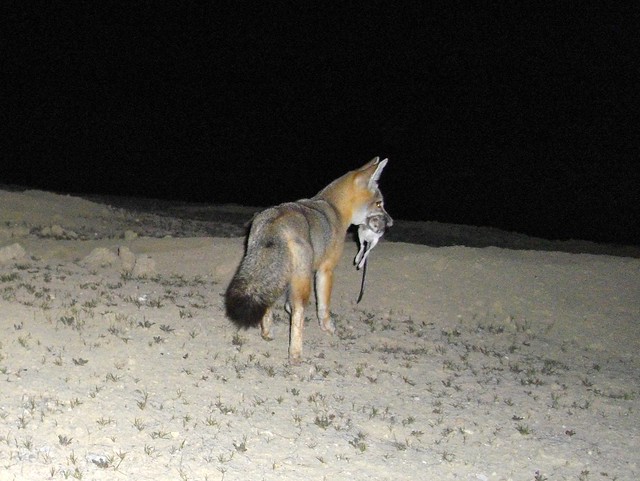
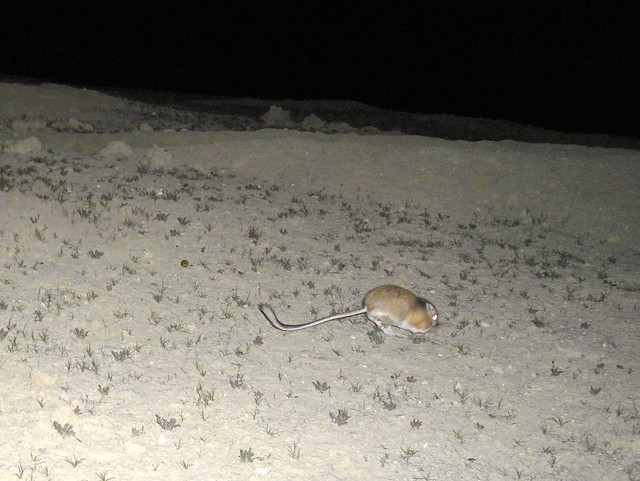




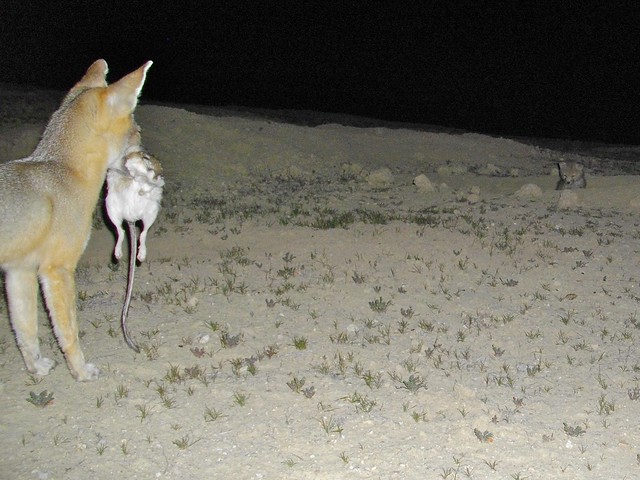
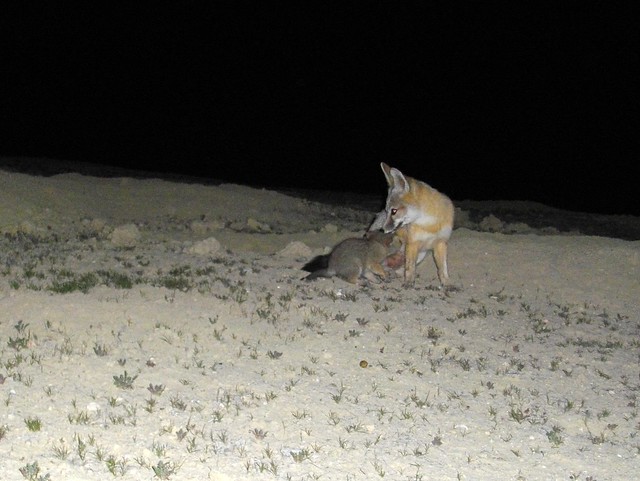
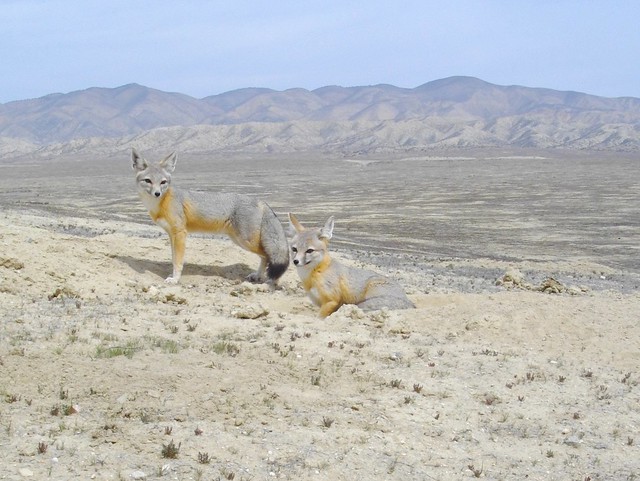
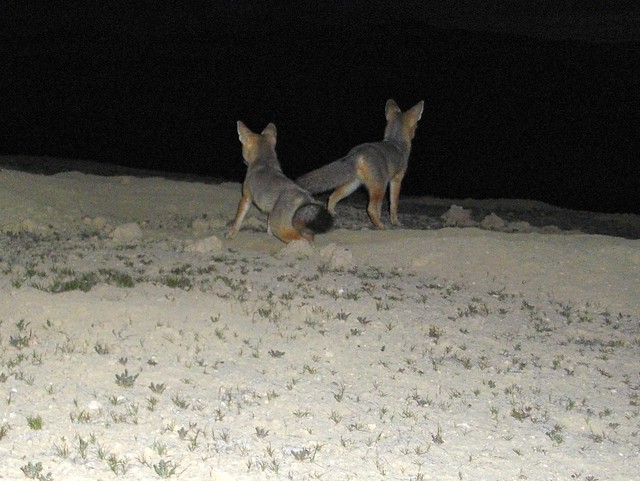
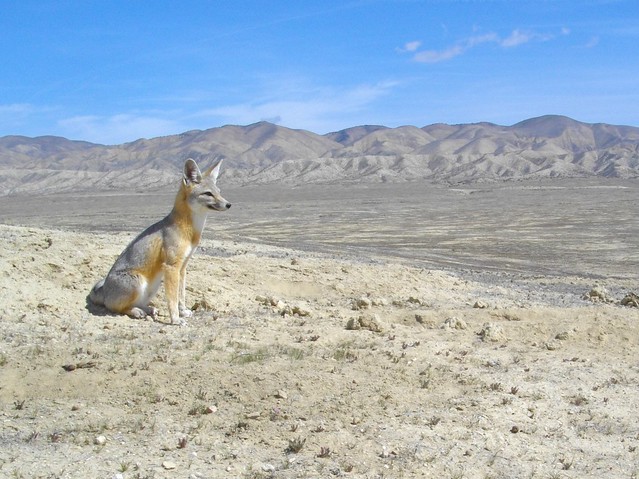
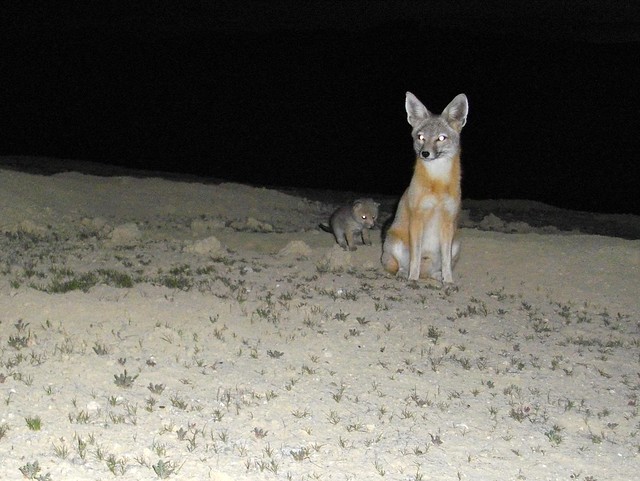

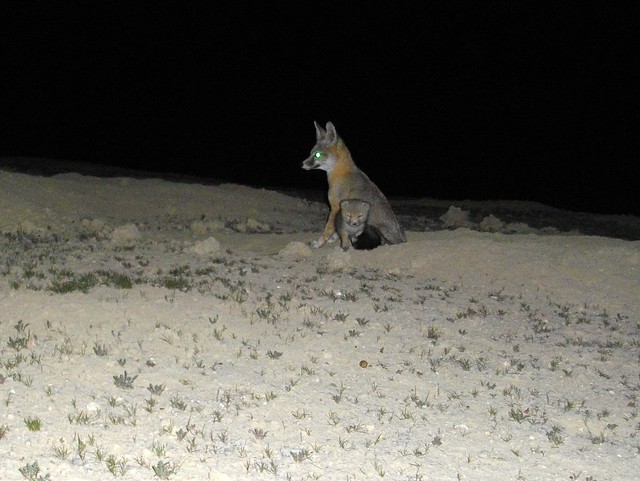


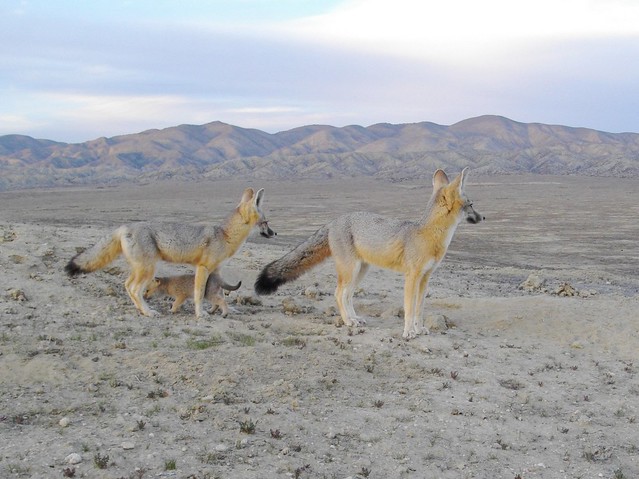
PeachesBear sleeping in puddle.
When is going to the dentist an awesome deal? When the dentist finds a decayed spot in the molar you tear off bottle caps with and says you need come back first thing the next morning to get a filling. Well when life gives you limes, make a Vermarita I say. So I had to put my Grand Canyon plans on hold and instead went to nearby Watson Lake to scout out photo ops. I was in the van, yacking with DKish on the phone, when I saw a prominent "V" cutting across the lake surface about 100 yards away. A cormorant surfaced nearby, giving some scale to the object making the wake. Whatever it was, it was small; too small to ID through my binos. Guessing turtle, I grabbed my D600 with 80-400mm attached and went to the lakeshore. I found a sparsely vegetated spot where I could get to the water's edge, then very obligingly the critter, which turned out to be a gartersnake, decides to check me out and swims straight towards me.

"Make sure you get my good side." Gartersnake approaching camera, Watson Lake, Prescott, Arizona.
The dude even stops offshore right at the minimum focusing distance of my lens. Nevertheless, his head is no bigger than my thumb, so I'll get to be my happy cropoholic self later.

Bold bug comes in for a pass. 1/1250, f/5.6, 80-400 @400mm, ISO 320, Nikon D600
Next a damselfly starts buzzing him. Rad. This could only get better if...

No way! It's an Enallagma civile. (Familiar Bluet to you laypeople).

And then the Money Shot.

You want Happy Ending? The snake did not eat the damselfly (saving his appetite for a frog later), but rather just slowly submerged and the bluet flew away.
Cheers,
Verm
